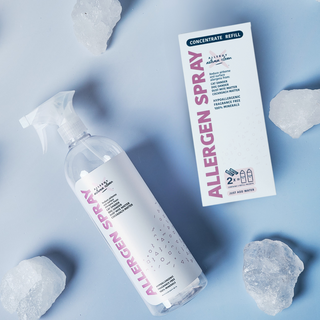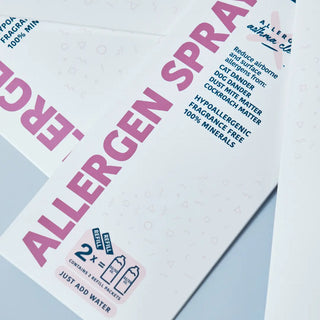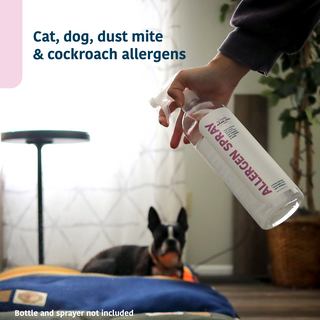
DailyBreath & Allergy Defender
Are You Familiar With the Most Common Allergy & Asthma Triggers?
Plus download the DailyBreath app
Common Outdoor Allergy Triggers
These common outdoor allergy triggers are problematic outside, but also come into your home through open windows, your air conditioning, or adhering to your clothes, or even your pets.

Pollen
For many people, pollen is nothing more than an annoyance. However, for people with asthma, pollen can be a trigger that sets off a dangerous asthma attack. During an attack, the muscles around the airways constrict, making it difficult to breathe. In severe cases, asthma attacks can be fatal. However, there are treatments available that can help to control the allergy symptoms and minimize the risk of an attack.
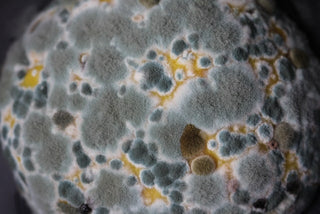
Mold
Mold and mildew are fungi that thrive in warm, moist environments. While most often perceived as an indoor allergy trigger, mold and mildew collects on moist grass in the spring and summer, or on wet leaves in the fall. Mold and mildew outdoors consist of spores which when disturbed permeate the air you may breathe outdoors. People allergic to mold can experience respiratory problems, such as coughing, wheezing, and shortness of breath. If they have asthma, they are especially vulnerable to the effects of mold. In severe cases, mold exposure may cause an acute attack, but at the minimum it can contribute to the symptom march of rising inflammation that can lead to an eventual asthma attack.
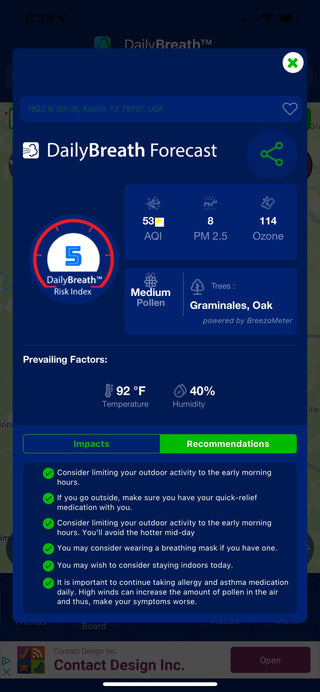
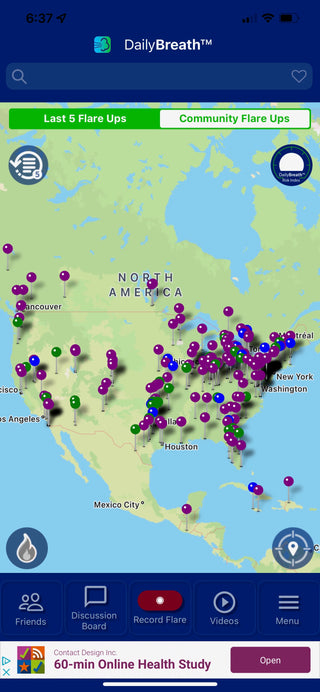
DailyBreath-The Air U Breathe and Your Health!
Track Symptoms, Pinpoint Triggers, Reduce Impact!
The DailyBreath mobile app helps users manage their risk of experiencing symptoms associated with environmental triggers. The benefits of the DailyBreath asthma app include:
Reduce and avoid asthma attacks by understanding the allergens, pollutants, and weather conditions that impact YOUR asthma.
Track your symptoms as associated with environmental triggers to translate your experience of symptoms into your own Personalized Environmental Health Risk Index (PEHRI) Perry™ Score, you unique DailyBreath Forecast.
Pinpoint where in your community you and other DailyBreath users are experiencing allergy or asthma symptoms triggered due to allergen or pollutant exposures.
Regularly take your maintenance medications prompted by automatic reminders, and gain insights over time of the effectiveness of your inhaler medications in the context of your symptoms experience.
Share your asthma journey with others through community features; the Your DailyBreath Friends List and the DailyBreath Discussion Board.
DailyBreath also functions as a marketplace of available allergen trigger interventions, including Allergen Spray, that supports those with allergies and asthma in cleaning the air they breathe of the allergens indoors whose continued exposure often causes rising inflammation that leads to asthma attacks.
The DailyBreath mobile app is available on iOS and Android.
Download DailyBreath and Register as a Member of the DailyBreath Community
What measures do you take to control your indoor allergies and allergic asthma?
If you have indoor allergies or allergic asthma, it is important to control your environment and reduce your exposure to allergens. By taking these simple steps, you can help to reduce your symptoms and improve your quality of life.
1.) Download the DailyBreath mobile app and check your DailyBreath Forecast daily to help you understand the allergens, pollutants, and weather conditions that may impact YOUR allergies and asthma.
2.) Keep your windows and doors closed to keep pollen and other outdoor allergens out of your home.
3.) Keep your home free of pollen, mold, pet dander, dust mites, and other allergens.
4.) Change your HVAC air filters regularly (every three months). We find people just don't change their filters often enough.
5.) Use an air purifier in your home rated for the square footage of the room you are trying to purify.
6.) Use an Allergen Spray (2 to 3 times a week for best results) to help reduce indoor triggers.
7.) Vacuum regularly with a HEPA "high-efficiency particulate air" filter vacuum cleaner.
8.) Wear a dust mask when cleaning or vacuuming.
9.) Avoid triggers such as smoke, perfume, and strong odors (like cleaning chemicals)
Common Indoor Triggers
There are a number of indoor allergy triggers that can cause asthma. Some of the most common include dust mites, pet dander, cockroaches and more.


Pet Dander
Pet dander, which is made up of skin cells shed by animals, is a common trigger of allergies. Dander can be found in all kinds of places—in the air, on surfaces, and in people’s clothes. When inhaled, it can trigger an allergic reaction, causing symptoms like runny nose, sneezing, and watery eyes. In some people, it can also cause asthma attacks. Pet dander is not only a nuisance for people with allergies, but it can also be serious. In fact, studies have shown that exposure to pet dander can increase a person’s risk of developing asthma.

Dust mites
Dust mites are small, spider-like creatures that thrive in warm, humid environments. They are often found in mattresses, bedding, upholstered furniture, and carpets. Dust mites feed on dead skin cells, and their feces contain a potent allergen that can cause respiratory problems in people who are sensitive to it. In fact, dust mite allergies are one of the most common types of allergies. Symptoms include sneezing, coughing, and difficulty breathing.
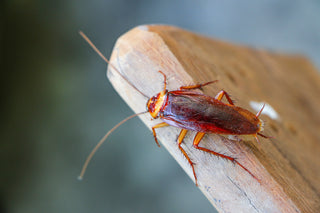
Cockroaches
Cockroaches have long been known to be a major trigger of asthma attacks, particularly in children. Cockroaches release an allergen that can cause asthma symptoms such as coughing, wheezing and difficulty breathing. The allergen is made of the waste, saliva and body parts of the cockroach. In addition, cockroaches can trigger allergies in people who are not even allergic to them. If you have cockroaches in your home, it is important to get rid of them as soon as possible. Cockroach eradication can be difficult, but there are several methods that can be effective, such as baits or traps.
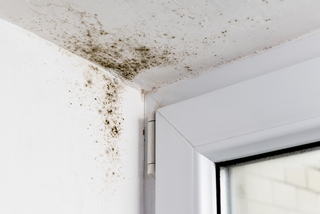
Mold
Mold and mildew are fungi that thrive in warm, moist indoor environments. They are often found in basements, bathrooms, and kitchens, and can also grow on damp clothing and fabrics. People allergic to mold can experience respiratory problems, such as coughing, wheezing, and shortness of breath. If they have asthma, they are especially vulnerable to the effects of mold. In severe cases, mold exposure may cause an acute attack, but at the minimum it can contribute to the symptom march of rising inflammation that can lead to an eventual asthma attack. In some cases, simply removing the mold source can alleviate symptoms.
Common Asthma Triggers
Keeping track of triggers is important and could help you better understand your asthma.

Cigarettes
The chemicals released into the air by cigarettes are harmful to both adults and children and can cause a variety of health problems. Some of the chemicals found in cigarette smoke include carbon monoxide, formaldehyde, lead, and arsenic. These substances can damage the lungs and respiratory system and can also cause cancer. In addition, secondhand smoke is a known trigger for asthma attacks and can worsen existing respiratory conditions.





